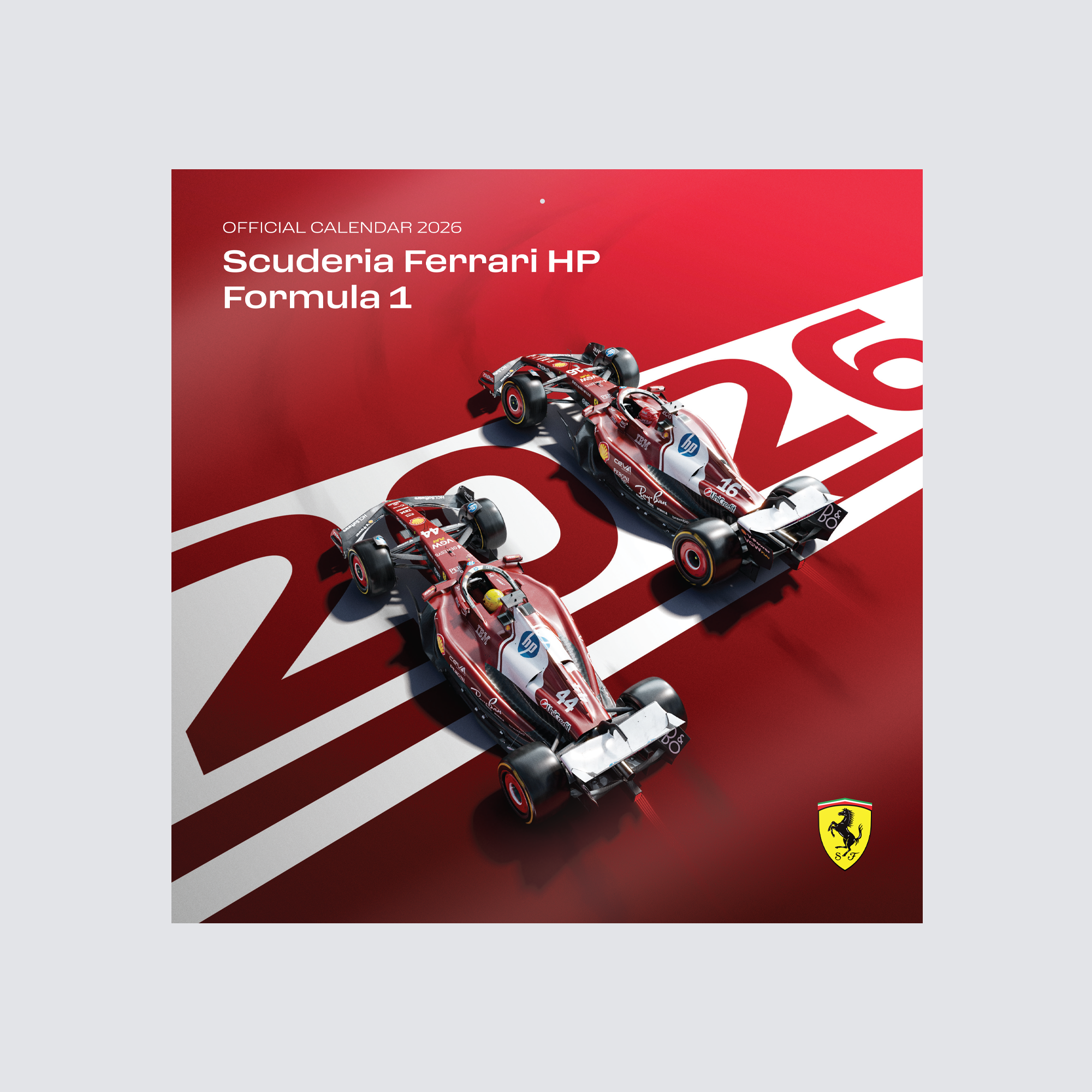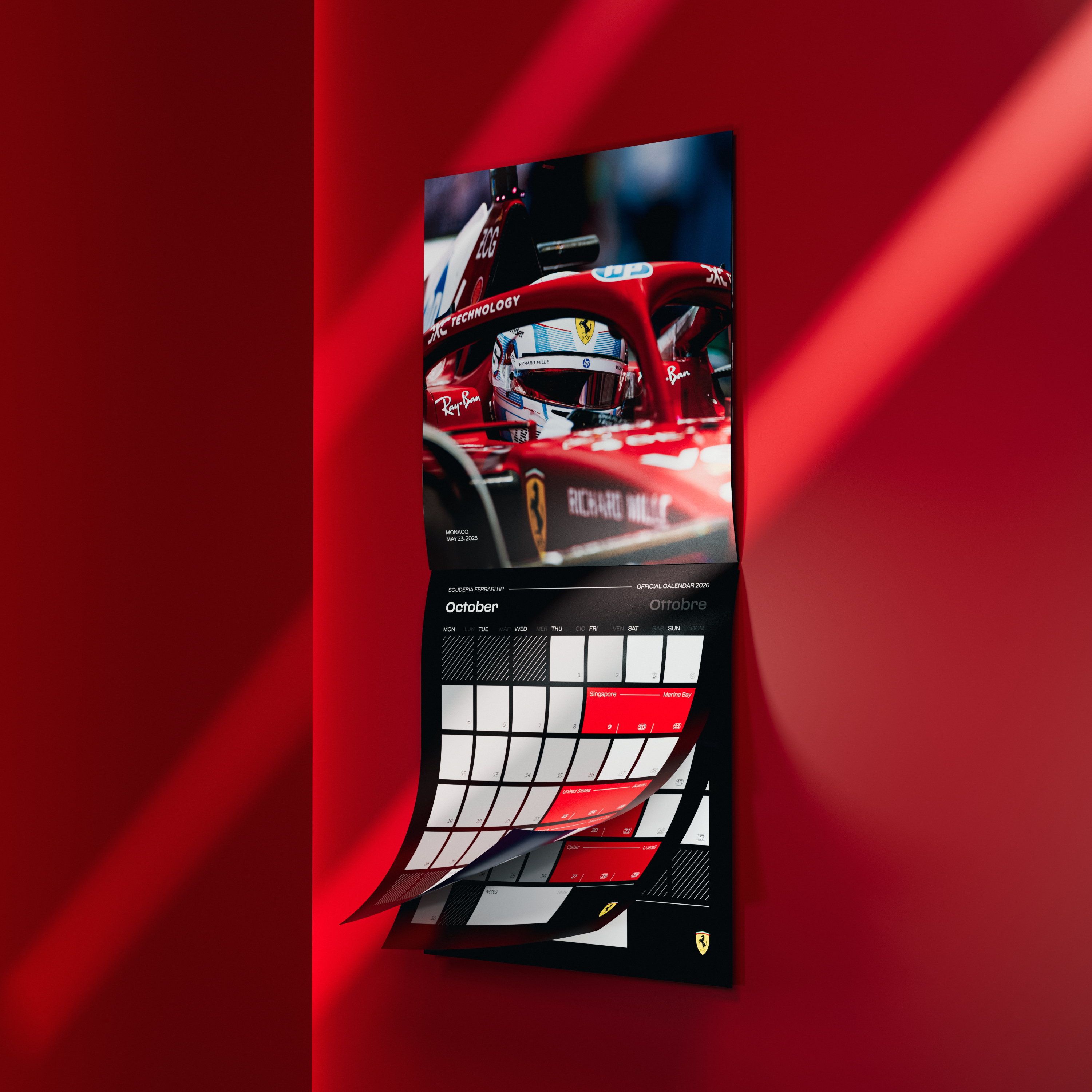Written and captured by Richard Kelley
Montreal's mellow souls and incredible Summer ambience have made the Canadian Grand Prix a "must attend" for Formula 1. But ask those of us who chased Canada's GPs in the late Fall of the 70s and 80s, and their stories of freezing rain, unremitting mud and insurance issues will seem unbelievable.
Nevertheless, of all my moments in F1, the wet Ile de Notre Dame Circuit of 1981 was my greatest challenge and fondest memory.
Here’s a bit of my story.
 Elio de Angelis (ITA), Lotus 87-Ford Cosworth, and Carlos Reutemann (ARG), Williams FW07C, race in the atrocious conditions of the 1981 Canadian Grand Prix. Image Courtesy: Richard Kelley.
Elio de Angelis (ITA), Lotus 87-Ford Cosworth, and Carlos Reutemann (ARG), Williams FW07C, race in the atrocious conditions of the 1981 Canadian Grand Prix. Image Courtesy: Richard Kelley.
Grand Prix Sunday morning saw the track awash with heavy rain. The poor paying public had been waiting from 8 a.m. while the Formula 1 half-hour warm-up came and went with official cars parked at right-angle across the pits exit road and silent race engines.
Behind the scenes, Bernie Ecclestone's battle over insurance coverage for the Grand Prix had blown up that morning. Public liability and third-party cover were in order, but there was disagreement over the insurance for the drivers and the teams. Some of the drivers' teams had yet to sign a waiver, and without their signatures, the overall insurance was invalid, and the race could not take place.
The television broadcast people were hysterical, for they were about to go on air for the 2.15 p.m. start and had booked expensive satellite time, which would not wait.
As always, Bernie found the solution. The start would now be 3:35 p.m., exactly 1 hour and 20 minutes behind schedule. It was officially declared a "wet" race and would run for 70 laps as scheduled, or two hours, whichever came up first.
 Jean Marie Balestre, FISA President, and Bernie Ecclestone, FOCA President / Brabham Manager, fought a bitter political battle over the control of F1 during the early eighties. Image Courtesy: Motorsport Images.
Jean Marie Balestre, FISA President, and Bernie Ecclestone, FOCA President / Brabham Manager, fought a bitter political battle over the control of F1 during the early eighties. Image Courtesy: Motorsport Images.
Ferrari mounted regular Michelin wet-weather radial tyres, but the Goodyear runners couldn’t decide between 13 and 15-inch fronts and different tread patterns for the rear. The Avon-shod runners were thankful their tires’ had hand-cut grooves, and the Pirelli teams were equally grateful for their supply of hard wet-weather tires.
At the start, Reutemann leapt past Piquet and led into the first right-hand bend and then cut across for the left-hander over the brow of the hill. As the Argentinian hugged the inside line, Alan Jones steaming full bore around the outside and into the lead. Jones sliced through the fast right-hander leading onto the first straight with Piquet’s Brabham underneath the Williams rear wing, followed equally closely by Prost’s Renault before everything disappeared in a solid wall of spray.
Halfway round that first lap, Gilles banged into Rene Arnoux, who then hit Didier Pironi’s Ferrari. Gilles never flinched as Arnoux retired, and Pironi carried on from 21st place.
 Carlos Reutemann (ARG), Williams FW07C, leads from the line after starting from second on the grid. Image Courtesy: Motorsport Images.
Carlos Reutemann (ARG), Williams FW07C, leads from the line after starting from second on the grid. Image Courtesy: Motorsport Images.
Over the next five laps, Jones, Piquet, and Prost pulled away as rain increased. The Michelin tyres were better in deep water than the Goodyears, and Jones spun off on Lap 6. As Piquet avoided Jones, Prost jumped into the lead, followed by Jacque Laffite and Villeneuve.
In second place, Laffite was in terrific form, and the broader torque range of the Matra V12 gave him a much easier time. He overtook Prost on Lap 12 and never looked back. John Watson took over second place.
While lapping de Angelis, Villeneuve barged into the back of the Lotus 87, spinning both cars. The Ferrari bounced off and continued with its nose and front wings facing the soggy sky and its front tires lifting off the soaking track surface. Wind pressure broke the mountings, and the whole mass folded up over the nose of the car.
He completed two laps, peeking around the remains of his Ferrari’s nose literally in his face. Broadcast journalists proclaimed he would be black-flagged, but that would never happen as Gilles’ early years were spent up the road in Berthierville, Quebec.
As Villeneuve pounded on without hesitation, I knew he had a plan.
 Carlos Reutemann (ARG), Williams FW07C, leads Nelson Piquet (GBR), Brabham BT49C-Ford Cosworth, and Gilles Villeneuve (CAN), Ferrari 126CK. Image Courtesy: Richard Kelley.
Carlos Reutemann (ARG), Williams FW07C, leads Nelson Piquet (GBR), Brabham BT49C-Ford Cosworth, and Gilles Villeneuve (CAN), Ferrari 126CK. Image Courtesy: Richard Kelley.
His only chance was to break the nose loose under heavy braking; Gilles would know that braking early and very hard into the Hairpin before the front straight would give him more control. With every other photojournalist dry in the press room, I took position alone just behind the Hairpin facing towards the oncoming Ferrari.
Luckily, in those days, there was no deep runoff area as it sits today. I could stand on the edge of the tarmac, alone in the rain, with my Nikon 300mm f2.8 and face his Ferrari. I knew that if he missed his spot, he might collect me. But after all, this was Gilles, so I stood my ground.
His answer arrived 30 seconds later. Sure enough, Gilles buried his brake pedal, slamming the Ferrari’s nose onto the pavement. The nose and wing broke free as I shot three frames, just one in focus, as the nose sparked on the tarmac.
 Sparks fly as Gilles Villeneuve (CAN), Ferrari 126CK, breaks off his damaged front wing. Image Courtesy: Richard Kelley.
Sparks fly as Gilles Villeneuve (CAN), Ferrari 126CK, breaks off his damaged front wing. Image Courtesy: Richard Kelley.
Gilles’ Ferrari snapped right-left-right-left as it surged toward me, but then he found something resembling grip twenty feet away and took off. Without any front downforce, he slithered on with both front wheels seeming off the ground to claim a heroic third place in the Canadian Grand Prix.
Only Laffite, Watson and Villeneuve completed sixty-three laps, the rest being one, two, and even three laps behind.
My bet was always with Gilles. He never gave up.














































